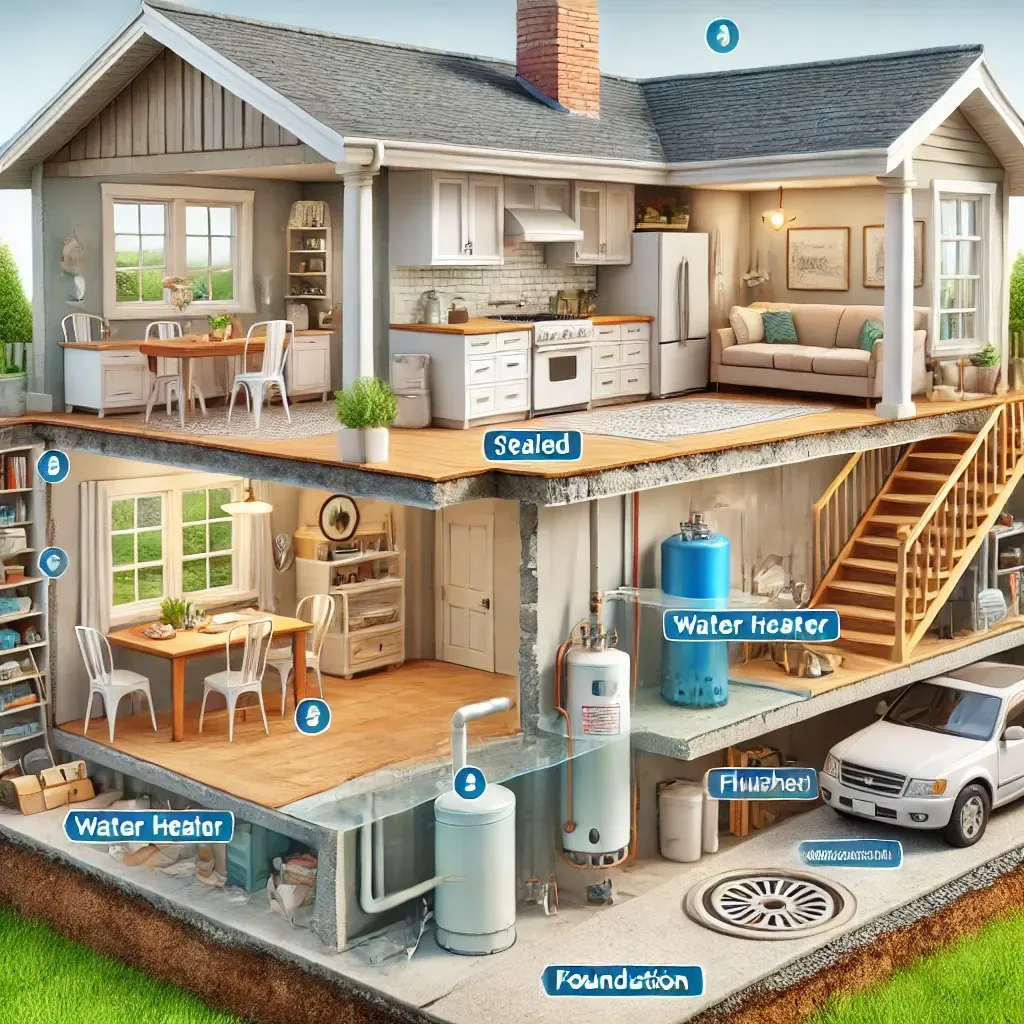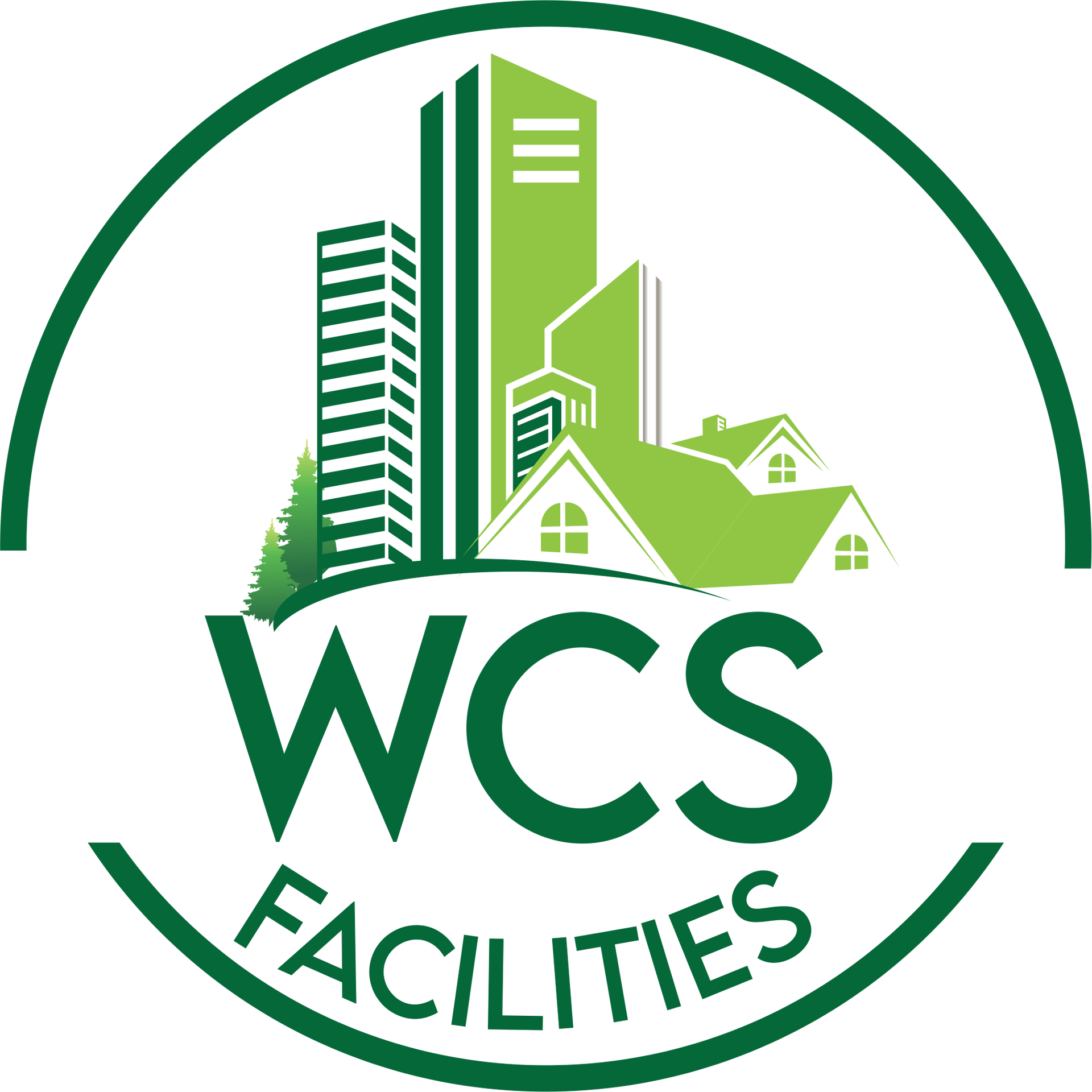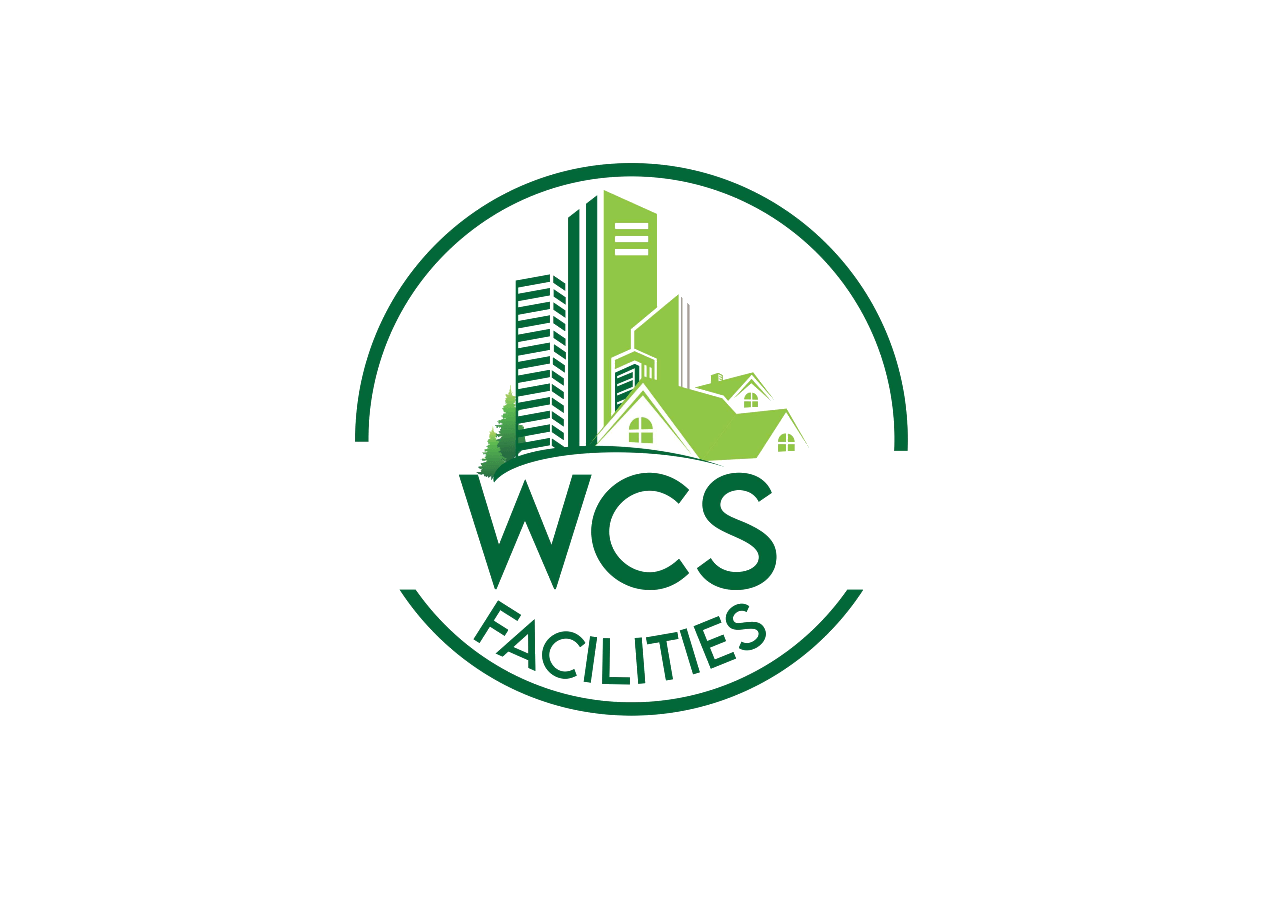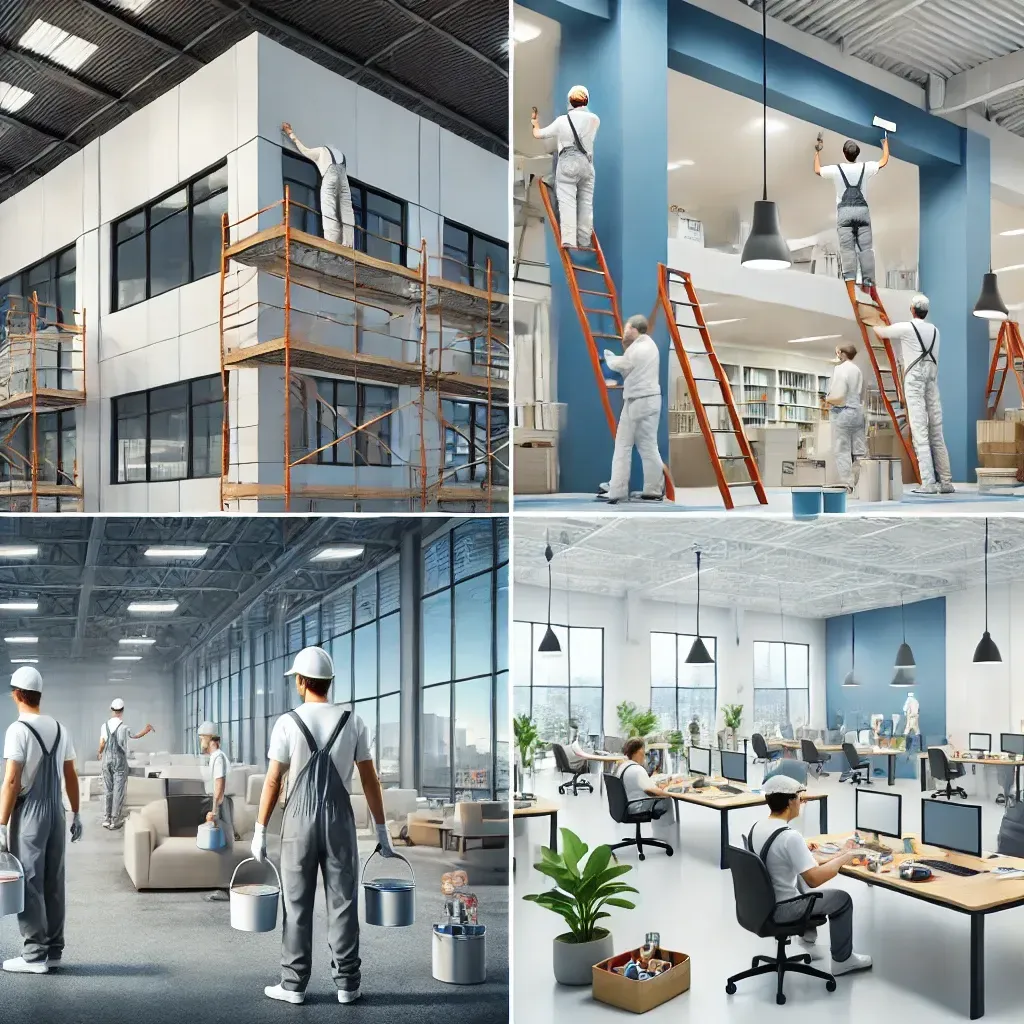The Social Impact of Sustainable Facilities Management
Envision a future where every building contributes to a healthier, more equitable world. This dream is necessary as we face growing environmental and societal challenges. Sustainable facilities management is crucial in this vision, impacting the environment, social equity, well-being, and community resilience.
Sustainable facilities management is crucial for environmental health and fostering social equity, well-being, and community resilience. This comprehensive approach involves integrating eco-friendly practices into managing buildings and facilities, aiming for a balance that benefits people, the planet, and profitability.
The Fundamentals of Sustainable Facilities Management
Sustainable facilities management is an approach that incorporates eco-friendly principles into the operation, maintenance, and management of buildings. It involves optimizing energy and water use, reducing waste, and enhancing indoor environmental quality. This holistic approach minimizes the ecological footprint and aligns with broader sustainability goals like the United Nations Sustainable Development Goals (UN SDGs) and the Paris Agreement.
Historically, facilities management focused primarily on functionality and cost efficiency. However, over the past few decades, there has been a significant shift towards sustainability. This evolution reflects growing awareness of environmental issues and recognizing that sustainable practices can bring long-term economic and social benefits.
Environmental Impact and Ecosystem Health
One of the primary goals of sustainable facilities management is resource efficiency. This involves using advanced techniques and technologies to reduce energy, water, and material consumption. For example, innovative building technologies like IoT (Internet of Things) and AI (Artificial Intelligence) can optimize energy use by monitoring and adjusting lighting, heating, and cooling systems in real time. Water recycling systems and sustainable landscaping practices also play a critical role in conserving resources.
In addition to resource efficiency, sustainable facilities management contributes to ecosystem health by promoting urban biodiversity.
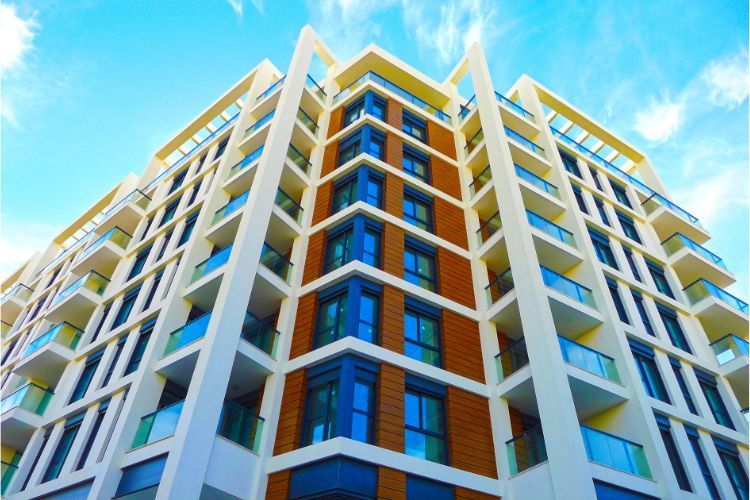
Green roofs, vertical gardens, and incorporating native plant species in landscaping help create habitats for local wildlife, improve air quality, and mitigate the urban heat island effect. These practices enhance the environment and contribute to the well-being of building occupants and the broader community.
Economic Implications and Business Value
Sustainable facilities management offers significant financial benefits, both in the short and long term. Implementing energy-efficient systems, for example, can lead to substantial utility bill savings. While the initial investment in sustainable technologies may be higher, the return on investment (ROI) is often realized through reduced operational costs and increased efficiency.
Furthermore, buildings with sustainability certifications like LEED (Leadership in Energy and Environmental Design) or BREEAM (Building Research Establishment Environmental Assessment Method) tend to have higher market values and better marketability. These certifications signal to potential buyers and tenants that the property is environmentally responsible, energy-efficient, and cost-effective to operate.
Enhancing Employee Well-being and Productivity
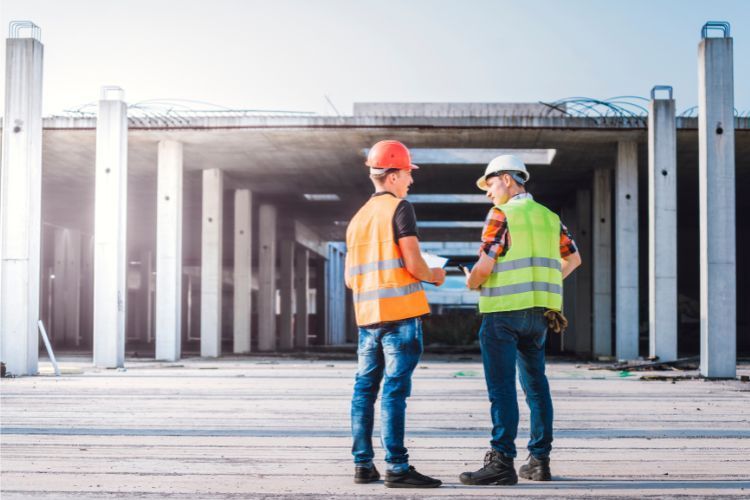
Sustainable facilities management also profoundly impacts the health and well-being of building occupants. Research has shown that indoor environmental quality (IEQ) significantly affects health, productivity, and satisfaction. Innovations such as biophilic design incorporating natural elements into the built environment, circadian lighting mimics natural light patterns, and advanced air quality technologies can create healthier and more pleasant workplaces.
A sustainable work environment fosters employee engagement and retention.
Employees who feel their workplace is committed to sustainability and well-being are more likely to be motivated and satisfied with their jobs. This, in turn, can lead to higher productivity and lower turnover rates.
Community Impact and Social Equity
Sustainable facilities management extends beyond the walls of individual buildings to positively impact the surrounding community. Community-centric design and operations involve engaging residents in the planning and development, ensuring that facilities meet their needs and reflect their values. This approach can lead to stronger community ties and greater support for sustainability initiatives.
Social equity and inclusion are critical components of sustainable facilities management. This means ensuring that all community members, regardless of socioeconomic status, have access to the benefits of sustainable facilities. Policies and practices that promote equity can help address disparities and create more inclusive and resilient communities.
Corporate Social Responsibility and Brand Image
Aligning sustainability with corporate social responsibility (CSR) goals is essential for modern businesses. Sustainable facilities management supports broader CSR objectives by demonstrating a company's commitment to environmental stewardship, social equity, and economic sustainability. This alignment can enhance a company's reputation and build trust with customers, employees, and other stakeholders.
Effective stakeholder engagement and transparency are crucial for successful sustainability initiatives. Companies should communicate their sustainability efforts clearly and consistently, highlighting their achievements and ongoing challenges.
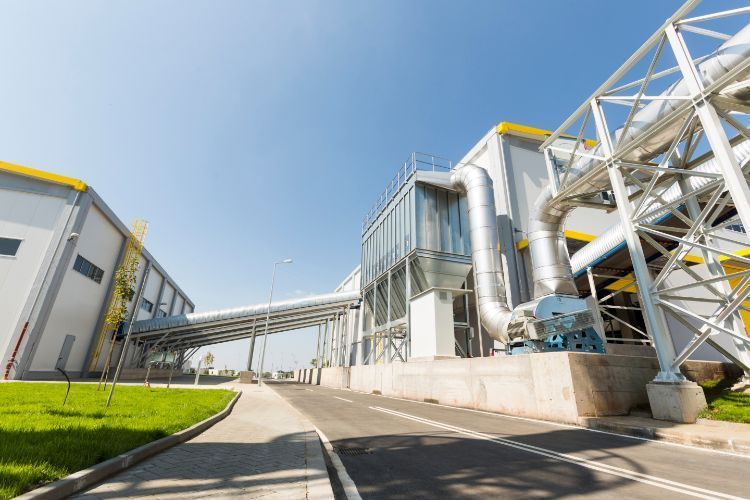
Transparency builds trust and accountability, fostering stronger stakeholder relationships and encouraging broader support for sustainability goals.
Innovative Technologies and Practices
Emerging technologies play a pivotal role in advancing sustainable facilities management. Intelligent building technologies, renewable energy integration, and advanced materials transform how buildings are designed, constructed, and operated. For instance, smart sensors can monitor and control energy use, while renewable energy systems like solar panels and wind turbines can significantly reduce a building's carbon footprint.
Sustainable design and construction practices are also evolving. Passive design strategies, which utilize natural heating, cooling, and lighting, are becoming more common. Net-zero buildings, which produce as much energy as they consume, are no longer a futuristic concept but a viable reality. Lifecycle assessment and sustainable procurement strategies ensure that sustainability is considered at every stage of a building's lifecycle, from design to demolition.
Regulatory Landscape and Compliance
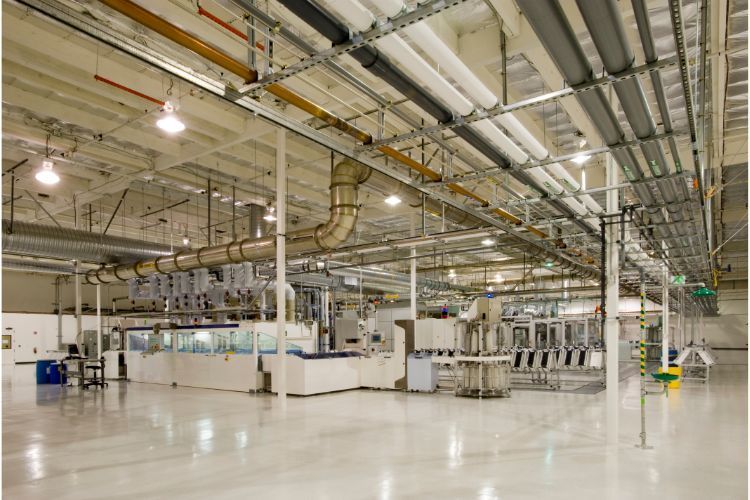
Understanding and complying with global and local regulations is essential for sustainable facilities management. Rules and standards for energy efficiency, water conservation, waste management, and building materials continually evolve. Staying informed about these changes and anticipating future trends can help facilities managers remain compliant and avoid potential penalties.
The regulatory landscape is expected to become more stringent as governments and organizations strive to meet ambitious climate goals. Facilities managers must stay proactive, adapting their practices to align with new regulations and leveraging policy advocacy to influence positive change.
Overcoming Challenges and Barriers
Implementing sustainable facilities management practices can be challenging. Financial constraints, technical complexities, and cultural resistance can all pose significant barriers. However, practical solutions and strategies can help overcome these obstacles.
For example, incentives, grants, and innovative funding models like green bonds can facilitate financing for sustainable projects. Technical challenges can be addressed through ongoing education and training for facilities managers, while cultural resistance can be mitigated by fostering a culture of sustainability within organizations and communities.
The Future of Sustainable Facilities Management
Sustainable facilities management is more than just an environmental necessity; it is a crucial driver of social equity, well-being, and community resilience. It creates value beyond individual buildings by optimizing resource use, enhancing employee well-being, fostering community engagement, and aligning with CSR goals.
As we look to the future, the role of sustainable facilities management will only become more critical. Facilities managers, businesses, and communities must prioritize sustainability, working together to create a healthier, more equitable world. The journey may be challenging, but the financial, environmental, and social rewards are worth the effort.
To implement sustainable facilities management practices or seek expert guidance, visit
WCS Facilities Management. Our comprehensive services and innovative solutions are designed to help you achieve your sustainability goals, enhance the well-being of your occupants, and contribute positively to your community. Start your journey towards a more sustainable future with us today.
You might also like

